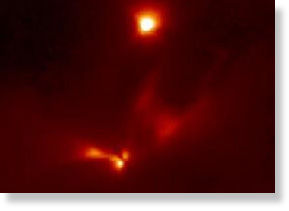OF THE
TIMES
I've had enough of someone else's propaganda. I'm for truth, no matter who tells it. I'm for justice, no matter who it's for or against. I'm a human being first and foremost, and as such I am for whoever and whatever benefits humanity as a whole.
It is not Alyaksandr Lukashenka but Aleksandr Lukashenko (that is how he is calling himself). I find interesting the anti russian language and...
there is no real economy ... all smoke in a house of mirrors . ban the fed , ban stock exchanges , ban central banks (eg their corrupt...
Hopeful title . *sigh* Same ol' bullcrap manmade climate alarmism ... have the active volcanoes around the world ceased ? has the sun , our star ,...
Psychology is a "soft-science" if there ever was one - just like quantum physicists - they are full of bs and hubris....stronger forces coming...
I support the campus protesters protesting in a manner that is almost an uprising amongst youth disavowed with the 20th century ideas of harm. I...
To submit an article for publication, see our Submission Guidelines
Reader comments do not necessarily reflect the views of the volunteers, editors, and directors of SOTT.net or the Quantum Future Group.
Some icons on this site were created by: Afterglow, Aha-Soft, AntialiasFactory, artdesigner.lv, Artura, DailyOverview, Everaldo, GraphicsFuel, IconFactory, Iconka, IconShock, Icons-Land, i-love-icons, KDE-look.org, Klukeart, mugenb16, Map Icons Collection, PetshopBoxStudio, VisualPharm, wbeiruti, WebIconset
Powered by PikaJS 🐁 and In·Site
Original content © 2002-2024 by Sott.net/Signs of the Times. See: FAIR USE NOTICE

Reader Comments
to our Newsletter